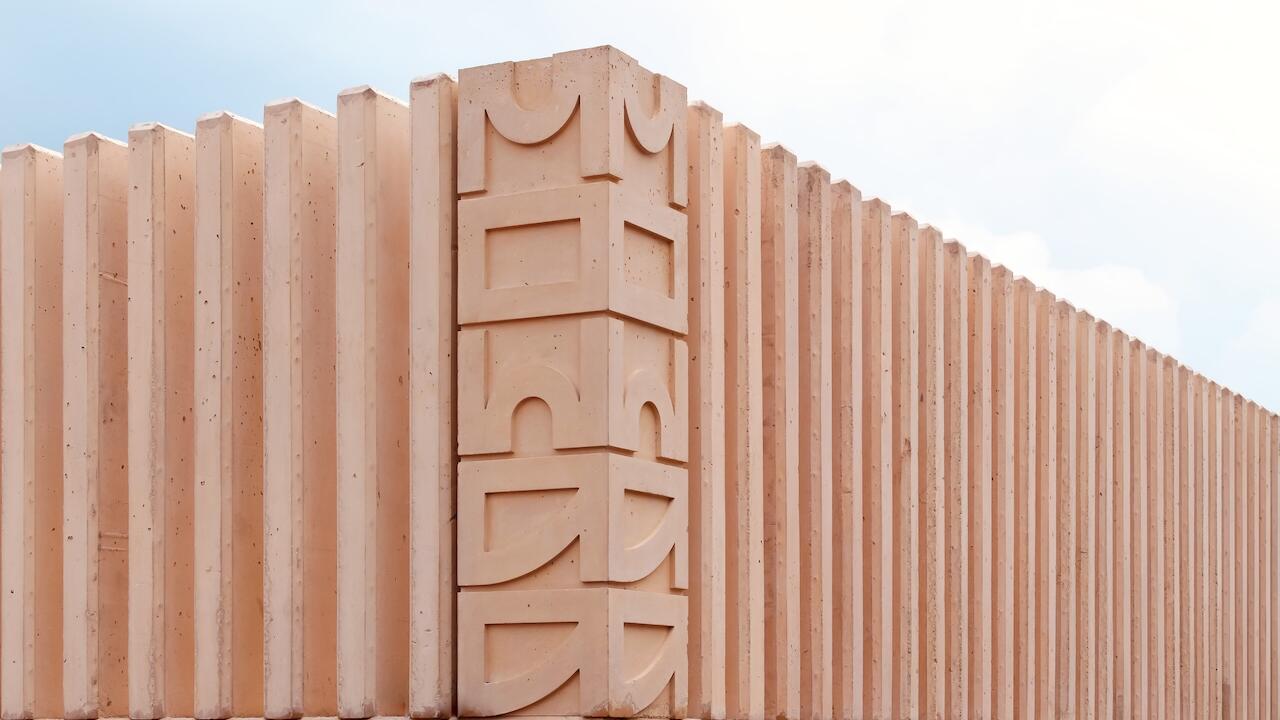I Promise, it's Political
The title 'I promise, it's political' has a suspiciously strategic ring to it. Nevertheless, curators Dorothea von Hantelmann and Marjorie Jongbloed didn't tempt the public into Museum Ludwig with an empty promise. Instead, the exhibition asserted the political competence of art. As Jeff Koons stated with a broad smile on a projection screen: 'I'm a political propagandist' and 'art can be a political tool' (taken from a conversation with Jérôme Sans, 1992).
Although organized in conjunction with the Theatre of the World Festival, which set the political as the agenda, 'I promise, it's political' wasn't about crossover between disciplines. The focus was on the performative in art: the museum - a space to preserve artistic objects and documents - framed as a social space where political critique is possible.
Natascha Sadr Haghighian compiled samples she recorded while eavesdropping on pre-show installation work and piped the resultant soundbites through the museum's loudspeakers: hammering, sawing, bits of pogo Punk - the kind of noises made by the museum's installation staff and which have usually stopped before an opening. Verbesserung (Improvement, 2002), which comprised feedback of museum production, proved a catchy refrain.
Like Haghighian's, none of the works in the exhibition employed overtly political texts. Instead, their political dimension tended to be situated in the organization of viewer relations. The underlying thesis that art is political if it clarifies its own relationship to the means of production, not just its attitude towards them, is an idea that the curators borrowed from Walter Benjamin's Der Autor als Produzent (The Author as Producer, 1934).
From the observation that art inevitably takes place within political conditions the curators simply came to the conclusion that art cannot help but be political. They took for granted, though, that this fact is a conscious part of the work: exceptions such as Carsten Höller's appeal to play, Flugapparat (Flight Apparatus, 1996), and Jeppe Hein's Moving Benches (2000) - motorized museum banks that scoot along, turning you into a reluctant tableau vivant for any other viewers who might be standing around - seem to have been included to prove the rule.
The relationship between the exhibition space and possibilities of action was literally limited to the relation between written text and reading viewer in Victor Burgin's wall piece Any Moment (1970). If you adhere to the work's 14 instructions, which ask you to recall past and present encounters, actions and emotions, the imaginary performance quickly takes you to the upper limits of your imaginative powers. And when a Minimalist object from Felix Gonzalez-Torres, Untitled (Pass Port # II) (1993), allows art to be used like a promotional gift as you take home your 'Passport to Freedom', promoting the dissolution of art ownership in favour of democratic distribution along the way, then the problematic idea of a 'participatory', interactive show is being simultaneously set up and dismantled.
Art and the political most obviously cross-fertilized - without sacrificing the question of form - when the works in the exhibition dealt with performance. Öyvind Fahlström's short film Mao Hope March (1966), for example, involved a staged parade in New York in which demonstrators held six placards of comic actor Bob Hope and one of Chairman Mao. 'Seeing Bob Hope up there made me happy', commented someone - a joke which became a reality later in Ronald Reagan's presidency.
Tino Sehgal had an actor dressed as a guard present a well-choreographed gesture of rejection against object-based art production. In front of an exhibition copy of Robert Morris' Untitled (Mirrored Cubes) (1965) the actor unexpectedly started a puppet-like dance and proclaimed the work's title, thus completing the action: This Is Good, 2001, im Besitz des Künstlers (This Is Good, 2001, in the Collection of the Artist, 2001). The boundaries of the exhibition space were blurred - and yet the scene was inconceivable without its museum stage. Sehgal is right when he states in the catalogue that the presentation of explicitly 'political art' in a museum is 'as obsolete as it is tautological'. 'I promise, it's political' proved there are other possibilities.













